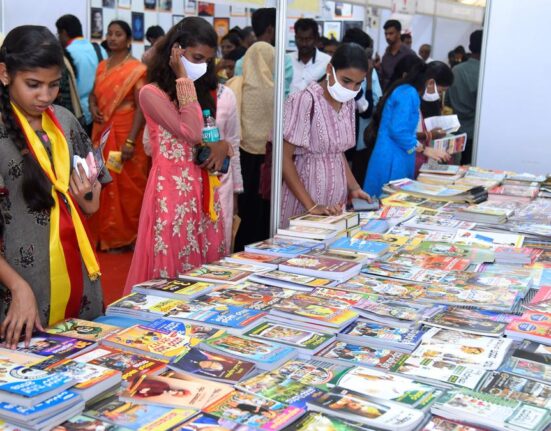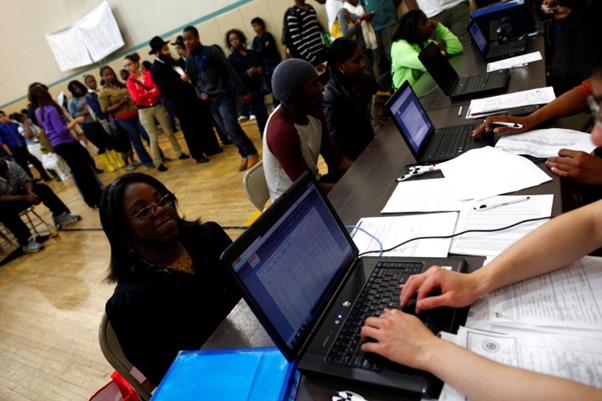Joblessness or unemployment rate is defined as the percentage of unemployed persons in the labour force.
Considering the importance of the availability of labour force data at more frequent time intervals, the NSSO launched the Periodic Labour Force Survey (PLFS) in April 2017.
A country’s unemployment rate is the number of unemployed people divided by the labour force (people with jobs plus the unemployed) multiplied by 100. Unemployed people not looking for work are not counted as part of the labour force.
The Urban unemployment rate in April-June, the first quarter of this fiscal, slid to 6.6 percent, according to the quarterly bulletin of the Periodic Labour Force Survey (PLFS) released by the Ministry of Statistics and Programme Implementation (MoSPI) on 9th October. Even though the unemployment rate for urban areas, was at the lowest level since the launch of the PLFS bulletin in 2018, nearly 14 states recorded a higher urban unemployment rate than the national average.
In the April-June quarter, the urban unemployment rate for males decreased to 5.9%, down from 6.0% in the previous quarter and 7.1% from the same period last year. Similarly, the unemployment rate for females also improved, dropping to 9.1% in April-June from 9.2% in the previous quarter and 9.5% from the year before. Both male and female employment saw an increase in self-employed categories, including own-account workers and helpers in household enterprises.
The Ministry noted positive trends in key labor market indicators, such as the Labor Force Participation Rate (LFPR), Worker Population Ratio (WPR), and unemployment rates for individuals aged 15 and above in urban areas. These indicators improved in the April-June quarter compared to the pre-pandemic period. LFPR was 48.8% in April-June 2023, higher than the pre-pandemic labor force participation rate, which ranged from 46.2% to 47.8%.
“Autonomous economic activity (the private sector) has risen. All economic indicators are rather good except inflation, leading to more labour-market opportunities. That said, unemployment levels are still higher than pre-Covid levels,” said KR Shyam Sundar, a labour economist and adjunct professor at Management Development Institute, Gurgaon.
Know more about the survey at hindustantimes.com












